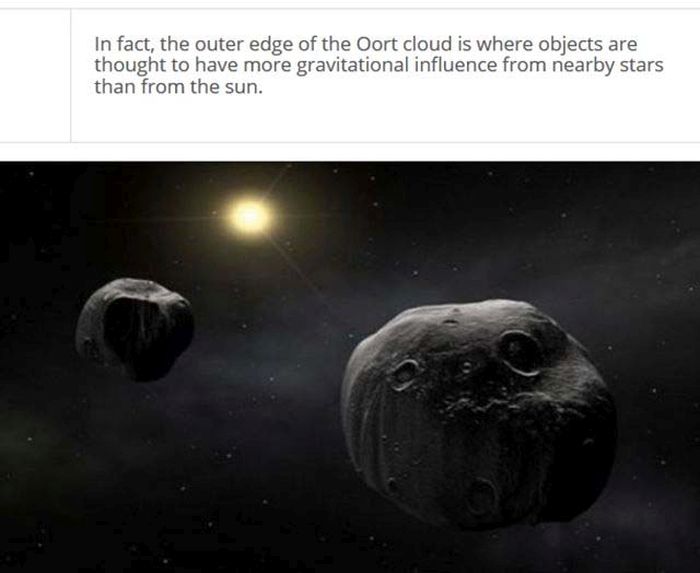|
|
Interesting Facts About Universe
|
You King Gelon are aware the 'universe' is the name given by most astronomers to the sphere the center of which is the center of the Earth, while its radius is equal to the straight line between the center of the Sun and the center of the Earth. This is the common account as you have heard from astronomers. But Aristarchus has brought out a book consisting of certain hypotheses, wherein it appears, as a consequence of the assumptions made, that the universe is many times greater than the 'universe' just mentioned. His hypotheses are that the fixed stars and the Sun remain unmoved, that the Earth revolves about the Sun on the circumference of a circle, the Sun lying in the middle of the orbit, and that the sphere of fixed stars, situated about the same center as the Sun, is so great that the circle in which he supposes the Earth to revolve bears such a proportion to the distance of the fixed stars as the center of the sphere bears to its surface.
Aristarchus thus believed the stars to be very far away, and saw this as the reason why there was no visible parallax, that is, an observed movement of the stars relative to each other as the Earth moved around the Sun. The stars are in fact much farther away than the distance that was generally assumed in ancient times, which is why stellar parallax is only detectable with telescopes. The geocentric model, consistent with planetary parallax, was assumed to be an explanation for the unobservability of the parallel phenomenon, stellar parallax. The rejection of the heliocentric view was apparently quite strong, as the following passage from Plutarch suggests (On the Apparent Face in the Orb of the Moon):
Cleanthes (a contemporary of Aristarchus and head of the Stoics) thought it was the duty of the Greeks to indict Aristarchus of Samos on the charge of impiety for putting in motion the Hearth of the universe (i.e. the earth), . . . supposing the heaven to remain at rest and the earth to revolve in an oblique circle, while it rotates, at the same time, about its own axis.
The only other astronomer from antiquity known by name who supported Aristarchus' heliocentric model was Seleucus of Seleucia, a Hellenistic astronomer who lived a century after Aristarchus. According to Plutarch, Seleucus was the first to prove the heliocentric system through reasoning, but it is not known what arguments he used. Seleucus' arguments for a heliocentric theory were probably related to the phenomenon of tides. According to Strabo (1.1.9), Seleucus was the first to state that the tides are due to the attraction of the Moon, and that the height of the tides depends on the Moon's position relative to the Sun. Alternatively, he may have proved the heliocentric theory by determining the constants of a geometric model for the heliocentric theory and by developing methods to compute planetary positions using this model, like what Nicolaus Copernicus later did in the 16th century. During the Middle Ages, heliocentric models may have also been proposed by the Indian astronomer, Aryabhata, and by the Persian astronomers, Albumasar and Al-Sijzi.
|
|









